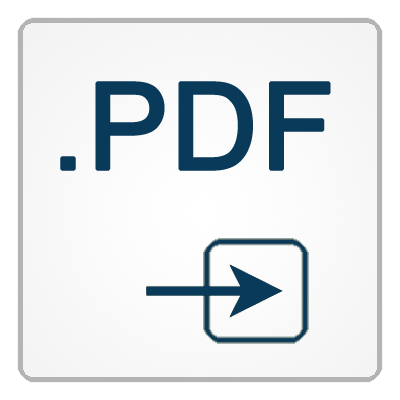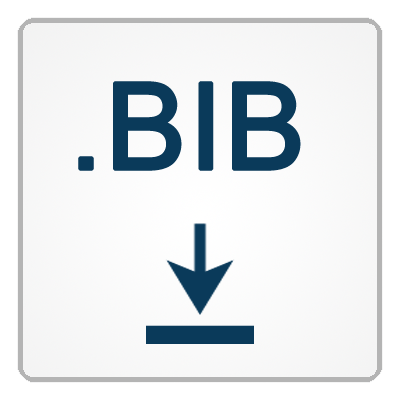Deeper insights into the role of Broca’s region in language processing by connectivity analysis
Authors: Stefan Heim, Simon B. Eickhoff
Abstract:
The >>Decade of the Brain<< had major influence on our understanding of the functional neuroanatomy. Based on PET, fMRI, MEG and other neuroimaging techniques, numerous papers on >>neural correlates of ...<< have been published. In the wake of this explosion of papers came novel techniques to meta-analyse the wealth of data, which further improved our knowledge on structure-function relationships in the brain. We now know that very few brain areas are specialised for one particular function, but rather, like Broca's region, are organised in fashions described as >>networks<< by some authors. The notion of a network, however, implies more than coincidental activation: It implies understanding of the interplay of the network nodes. Statistical software packages for the analysis of neuroimaging data thus provide us with novel approaches to investigate the connectivity within networks functionally and causally. The present talk demonstrates the development in using connectivity analyses for better understanding the functional neuroanatomy of language processing. We demonstrate how the combination of the Jülich cytoarchitectonic probabilistic brain atlas in combination with connectivity analysis provides insights into the dynamics within the language network around Broca's region that exceeds the traditional GLM approach, since connectivity analysis may detect subtle differences which are not tapped by simple region-wise comparisons of amplitudes of the hemodynamic response function.


